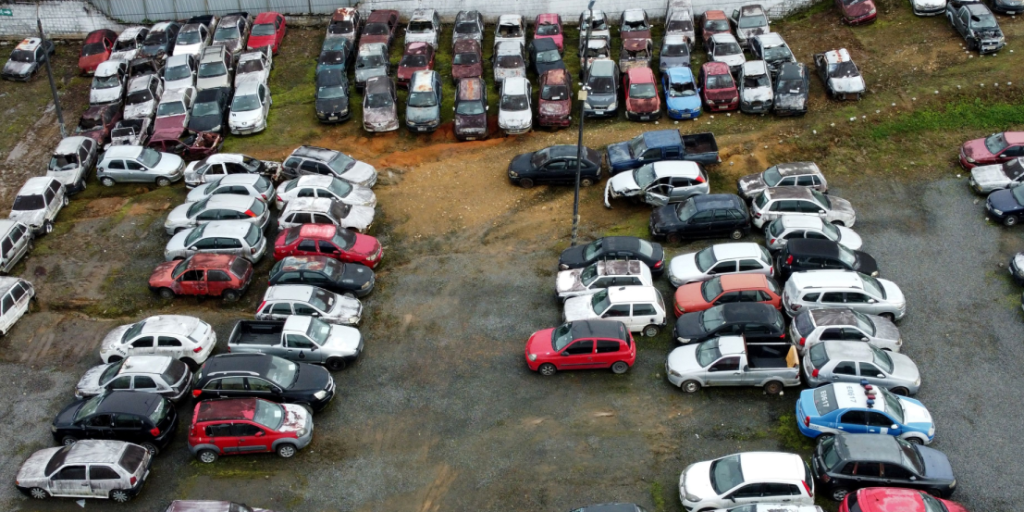Luxury giants like Porsche and Volvo are among the hardest hit, as shifting regulations, cheap Chinese EVs and falling global demand push Europe’s automakers into one of their deepest downturns in decades.
Others are reading now
Europe’s once-dominant carmakers are facing a sharp and sustained decline, with their estimated profits for 2025 dropping by nearly a quarter in just five months.
The automotive sector—long a pillar of the continent’s economy—is now caught in a perfect storm: accelerated electrification, rising global competition, and policy volatility at home and abroad.
Once symbolic of industrial strength, Europe’s auto sector now finds itself at the center of a mounting economic and strategic dilemma.
Luxury and Mass-Market Makers Struggle Alike
From Stuttgart to Gothenburg, carmakers are revising down expectations and slashing valuations.
Also read
According to elEconomista, manufacturers like Porsche, Volvo, and Stellantis have seen profit forecasts collapse by over 39%, while Volkswagen, Mercedes-Benz, Renault, and BMW aren’t far behind. The industry-wide average: a 25% drop.
Luxury isn’t safe either—except for Ferrari, whose profits are forecast to grow slightly, supported by its exclusive positioning.
Even so, its production numbers remain niche, with just over 7,000 cars sold globally in 2024.
Meanwhile, Volkswagen has issued multiple profit warnings, Aston Martin is grappling with weak Chinese demand and supply chain issues, and Stellantis has tanked more than 18% on stock markets after a dismal revision to its U.S. outlook.
China’s Rise, Europe’s Retreat
In 2007, China accounted for 16% of global vehicle production. Today, it commands over 32%—more than doubling its output while Europe shrank from 25% to just 15% of global share, according to BBVA Research. The continent’s heavyweights—especially Germany, Italy, France, and Spain—are now facing intensified pressure from Chinese EV makers whose offerings are already cheaper than combustion models in key segments.
Despite efforts to maintain a strategic edge, Europe’s dependency on Chinese exports of electric vehicles, batteries, and rare earth materials has deepened. The sector, employing 6.5 million people and contributing 12% of Europe’s manufacturing value added, is increasingly vulnerable.
A Policy Tug-of-War with No Easy Wins
The European Commission has already been forced to delay its 100% zero-emissions target from 2035 to 2027, softening CO2 goals to a 15% reduction versus 2021. Meanwhile, the U.S. has imposed new 25% tariffs on EU vehicle imports, dealing a severe blow to firms like Volkswagen and Stellantis, who depend on North American exports.
In response, Brussels has unveiled a new auto sector action plan: €1.8 billion for domestic battery production, EV purchase incentives, and a three-year delay on emissions compliance.
But these measures may not be enough. As factories close and investor confidence wavers, the risk of long-term economic scarring grows. What was once a cornerstone of European prosperity now risks becoming a cautionary tale of missed transitions and global displacement.


